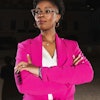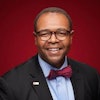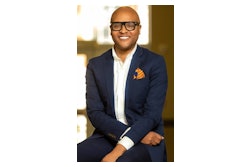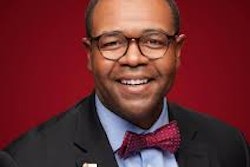In the dynamic world of higher education, the multi-faceted experience of the student-athlete population in today’s landscape cannot be ignored: academics, athletics, and perspective on critical issues. As a first-generation college graduate and a postgraduate student in higher education and student affairs, I reflect on how the landscape of intercollegiate athletics has changed even in my five years as a collegiate softball player. However, there is one thing that remained constant through my years: my involvement in the student-athlete advisory committee (SAAC) that offered a unique lens and understanding of the ever-evolving landscape of collegiate athletics.
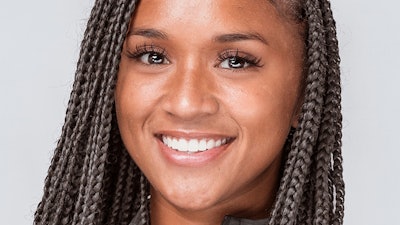 Morgyn Wynne
Morgyn Wynne
Student-athletes have a greater platform, not just within the membership, but in the media as well. By student-athletes participating in congressional engagement, we have had the chance to discuss topics impacting intercollegiate athletics. From the transfer portal, to name, image, and likeness, employment status, and Project DI, student-athletes all over the country from various sports are highly motivated to share their perspectives and are finally being heard.
Right now, our voices seem to be carried the farthest throughout the employment status discussion as it has exploded in the collegiate sports landscape. With its intricate complexities and nuances, an employment model presents many unknowns and difficult topics to explore: athletic opportunity, Title IX, international student-athlete status, athletic scholarships, and academic requirements, among others. These are the topics at the forefront of the conversations among student-athletes, especially in SAAC. As these discussions continue to evolve in every outlet, let us remember that protecting an intercollegiate model that maintains a commitment toward education and athletic opportunity will always be the mission of SAAC and is my mission as co-chair during this transformative period.
College athletics provides student-athletes with invaluable life experiences and opportunities they may or may not receive otherwise. We are open to and encourage conversations for alternative models for the compensation of student-athletes, such as Project DI, but without dismantling the system that also supports thousands of athletes in pursuit of educational and holistic personal development. While we currently see student-athletes recognized for their efforts with invaluable resources, it is critical to consider how complex employment status is, and institutions should look at ways to enhance their capabilities within the current structure to create a compromised balance for the shareholders in its success.
The resounding theme I wish for the student-athletes to carry on, after my time, remains the preservation of an intercollegiate model that harmonizes education, athletic opportunity, and the empowerment of student-athlete voices. The thin line between compensation discussions and safeguarding the essence of higher education serves as a poignant reminder of the delicate balance required for the sustainability of collegiate athletics. Student-athletes must stay united and hold the power to shape what collegiate athletics looks like moving forward.
Morgyn Wynne is BIG XII Conference SAAC Representative and a graduate assistant with the Oklahoma State University Athletics Administration.



